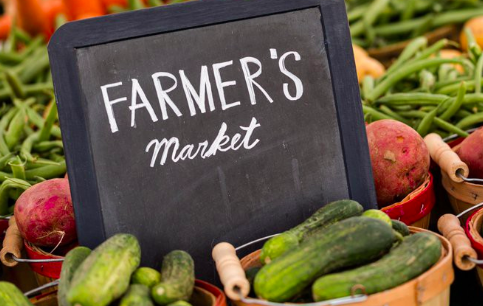Background Information
This is information relating to the lesson topic and is here to help give you a better understanding of the topics and goals of this lesson.
Worksheets
These are worksheets for your students to complete.
Class Challenge
This is a challenge for you and your class to complete as a group.
Take-Home Materials
These are take-home handouts so that students and parents can further engage in the topic and implement sustainable changes in their everyday lives.











